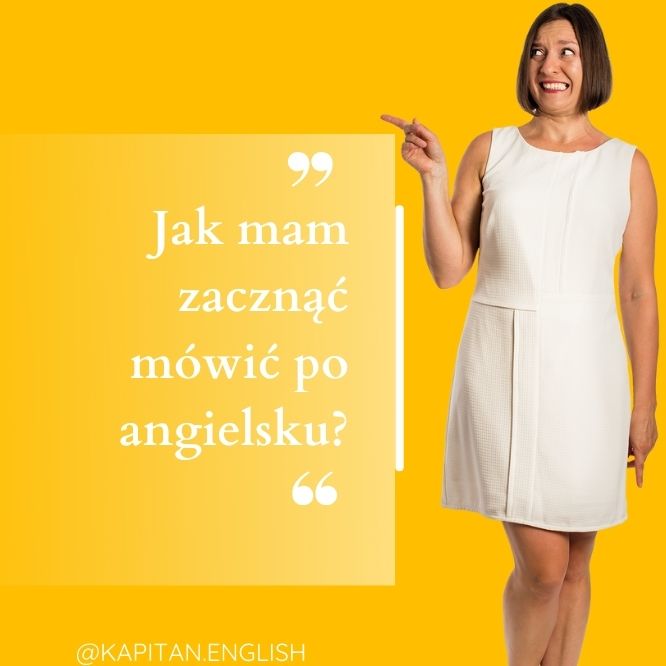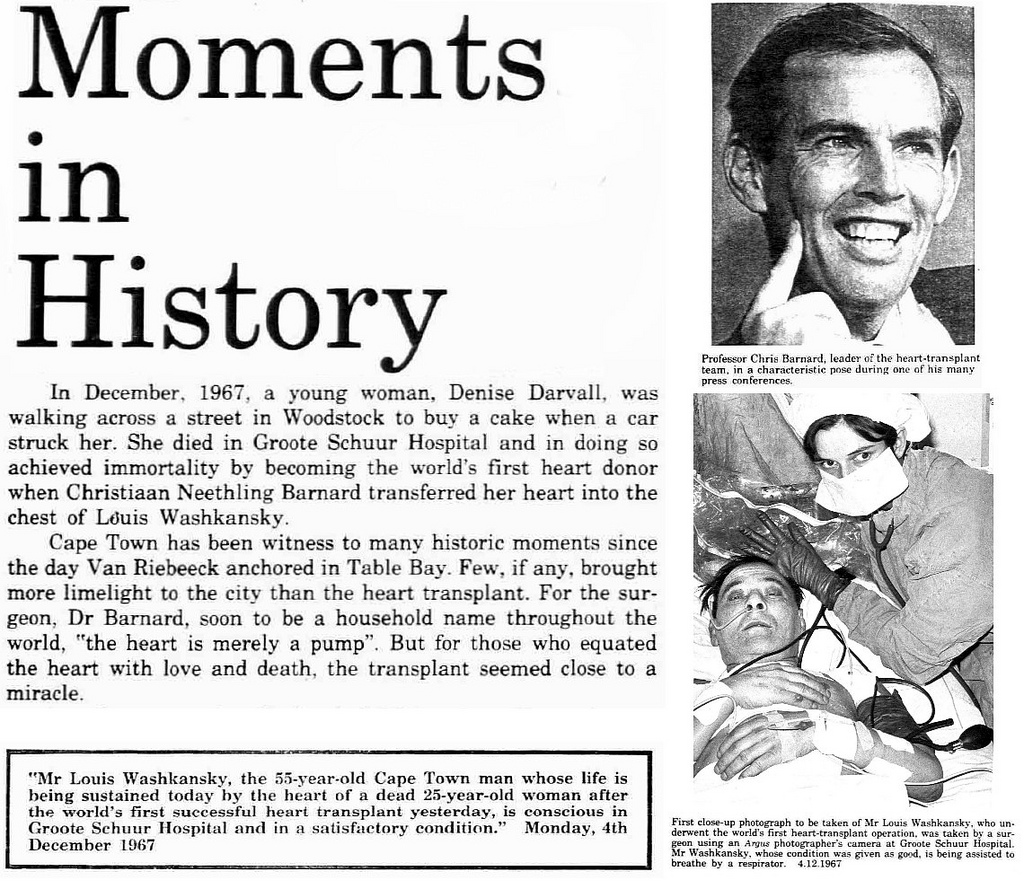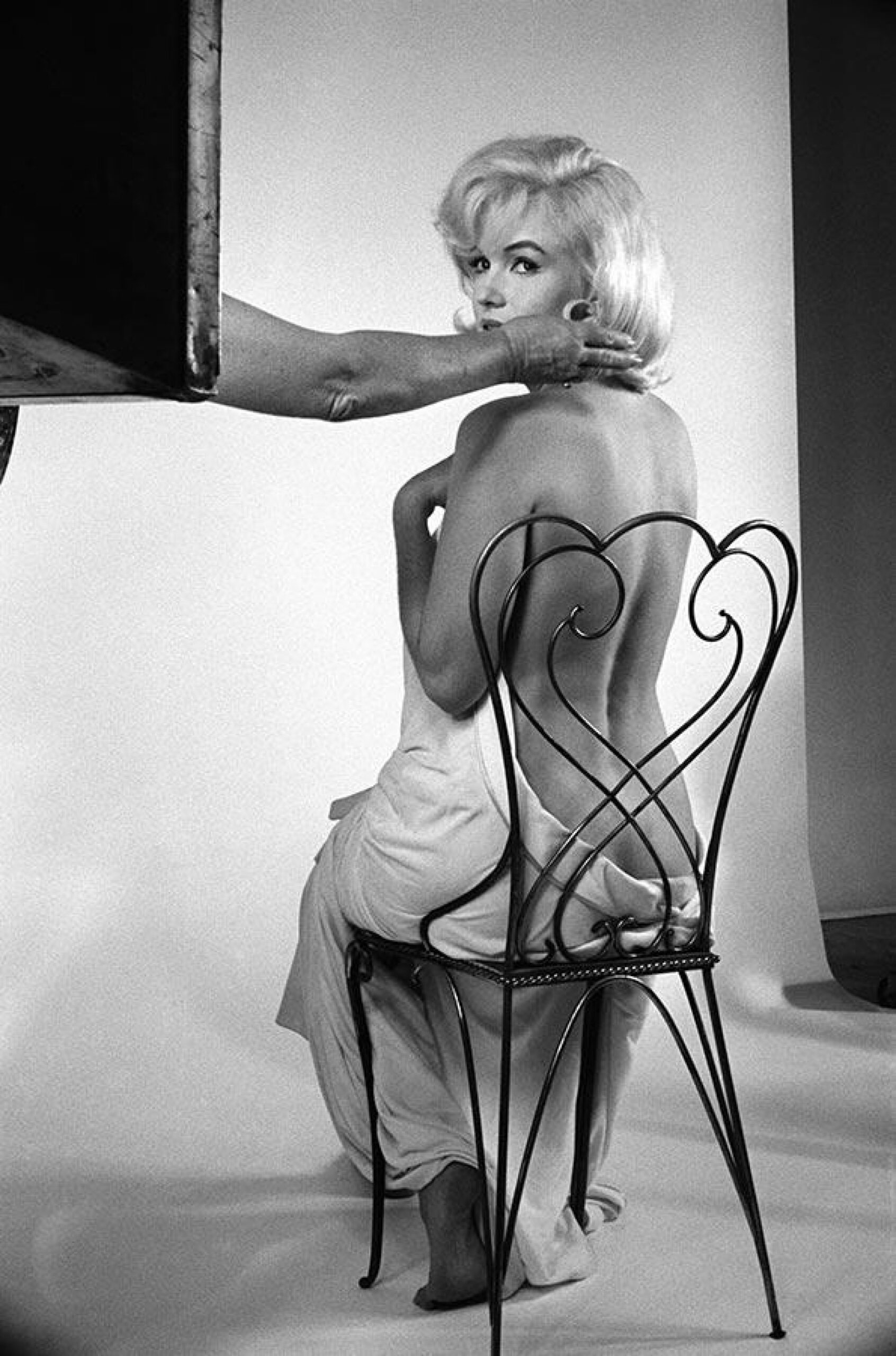
Mastermind
Bezpłatny mastermind biznesowy na Zoom
Daty:
wtorki godz.20.00,
piątki godz.19.00
Forma: Agenda poniżej
Uwaga! Spotkanie się odbędzie jeśli zapisze się na niego min.10 osób.
Cele: Wymiana Wiedzy, Rozwiązywanie Problemów, Omówienie efektywnych strategii marketingowych i pozyskiwania klientów. Wzajemne inspirowanie i motywowanie do dalszego rozwoju. Tworzenie społeczności korepetytorów do wzajemnego wsparcia. Wyznaczanie i śledzenie konkretnych celów biznesowych i edukacyjnych. Dyskusja o nowych technologiach i kreatywnych metodach nauczania. Otrzymywanie i udzielanie konstruktywnej informacji zwrotnej.
Cena: 0 zł. Wesprzyj nas na zrzutka.pl

Agenda Spotkania Mastermind Online dla Przedsiębiorców Usługowych
Data: wtorki/piątki
Godzina: 19:00-20:00
Platforma: Zoom
-
Powitanie i wprowadzenie (5 minut)
- Przywitanie uczestników
- Przedstawienie celu spotkania
- Krótkie wprowadzenie do formatu mastermind
-
Przedstawienie uczestników (10 minut)
- Każdy uczestnik przedstawia siebie i swoją firmę (1-2 minuty na osobę)
-
Sesja “Hot Seat” (30 minut)
- Trzech uczestników (po 10 minut na osobę) przedstawia swoje aktualne wyzwanie biznesowe
- Pozostali uczestnicy oferują swoje pomysły, sugestie i wsparcie
-
Ustalenie celów na następny miesiąc (10 minut)
- Każdy uczestnik krótko przedstawia swoje cele na kolejny miesiąc (1-2 minuty na osobę)
- Ustalenie wsparcia i zasobów potrzebnych do realizacji tych celów
-
Podsumowanie i zakończenie spotkania (5 minut)
- Krótkie podsumowanie najważniejszych wniosków
- Informacje o następnym spotkaniu
- Podziękowanie uczestnikom za udział
Uwagi:
- Upewnij się, że wszyscy uczestnicy są poinformowani o agendzie i mają link do spotkania przed jego rozpoczęciem.
- Zachęcaj do aktywnego udziału i otwartej komunikacji, nawet w formacie online.
- Zadbaj o efektywne zarządzanie czasem, aby każda część spotkania przebiegła zgodnie z planem.
Czy coś jeszcze mogę dodać lub zmienić w tej agendzie?
Lista Pytań do Rozwoju Biznesu i Pozyskiwania Klientów
-
Analiza Rynku i Klientów:
- Kim są moi docelowi klienci? Jakie są ich potrzeby i oczekiwania?
- Jakie segmenty rynku są niedoceniane lub niezagospodarowane?
- Jakie są główne bolączki moich potencjalnych klientów w nauce angielskiego?
-
Unikalna Wartość Oferty:
- Co wyróżnia moją ofertę korepetycji na tle konkurencji?
- Jakie unikalne korzyści oferuję moim uczniom?
- Czy oferuję jakieś dodatkowe usługi, które mogą przyciągnąć klientów (np. materiały dodatkowe, wsparcie poza lekcjami)?
-
Strategie Marketingowe:
- Jakie kanały marketingowe są najbardziej skuteczne w dotarciu do mojej grupy docelowej?
- Czy korzystam z social media (Facebook, Instagram, LinkedIn) do promocji mojej oferty?
- Jakie strategie SEO (Search Engine Optimization) stosuję, aby zwiększyć widoczność mojej strony internetowej?
-
Rekomendacje i Opinie:
- Czy proszę obecnych klientów o opinie i referencje, które mogę zamieścić na swojej stronie internetowej?
- Jakie programy poleceń mogę wprowadzić, aby obecni uczniowie polecali moje usługi swoim znajomym?
- Jak mogę lepiej wykorzystać pozytywne opinie do budowania zaufania nowych klientów?
-
Budowanie Relacji z Klientami:
- Jak dbam o relacje z obecnymi uczniami, aby zapewnić ich zadowolenie i lojalność?
- Czy wysyłam regularne wiadomości (newslettery) z przydatnymi materiałami i informacjami dla moich uczniów?
- Jakie techniki personalizacji mogę wprowadzić, aby uczniowie czuli się bardziej docenieni i zrozumiani?
-
Współpraca i Partnerstwa:
- Czy mogę nawiązać współpracę z lokalnymi szkołami, firmami lub organizacjami, aby dotrzeć do większej liczby klientów?
- Jakie korzyści mogę zaoferować partnerom biznesowym w zamian za promowanie moich usług?
- Czy rozważam udział w lokalnych wydarzeniach edukacyjnych lub targach, aby promować swoje usługi?
-
Optymalizacja Usług:
- Jak mogę poprawić jakość moich lekcji, aby uczniowie chętnie polecali mnie innym?
- Czy regularnie analizuję wyniki uczniów i dostosowuję metody nauczania do ich potrzeb?
- Jakie nowe technologie lub metody nauczania mogę wprowadzić, aby uatrakcyjnić moje lekcje?
-
Ceny i Promocje:
- Jakie są moje ceny w porównaniu do konkurencji? Czy oferuję wartość adekwatną do ceny?
- Czy rozważam wprowadzenie promocyjnych pakietów lekcji, aby zachęcić nowych klientów?
- Jak mogę komunikować wartość moich usług, aby uzasadnić ich cenę?
-
-
Analiza Konkurencji:
- Kto jest moją główną konkurencją i jakie są ich mocne strony?
- Jakie strategie marketingowe stosują konkurenci, które mogę zaadaptować?
- Jak mogę lepiej zrozumieć i przewyższyć ofertę mojej konkurencji?
-
Technologia i Innowacje:
- Jakie nowe narzędzia i aplikacje mogę wprowadzić, aby usprawnić proces nauczania?
- Czy korzystam z platform e-learningowych i webinariów, aby dotrzeć do szerszego grona uczniów?
- Jak mogę wykorzystać multimedia (wideo, interaktywne ćwiczenia) w moich lekcjach?








